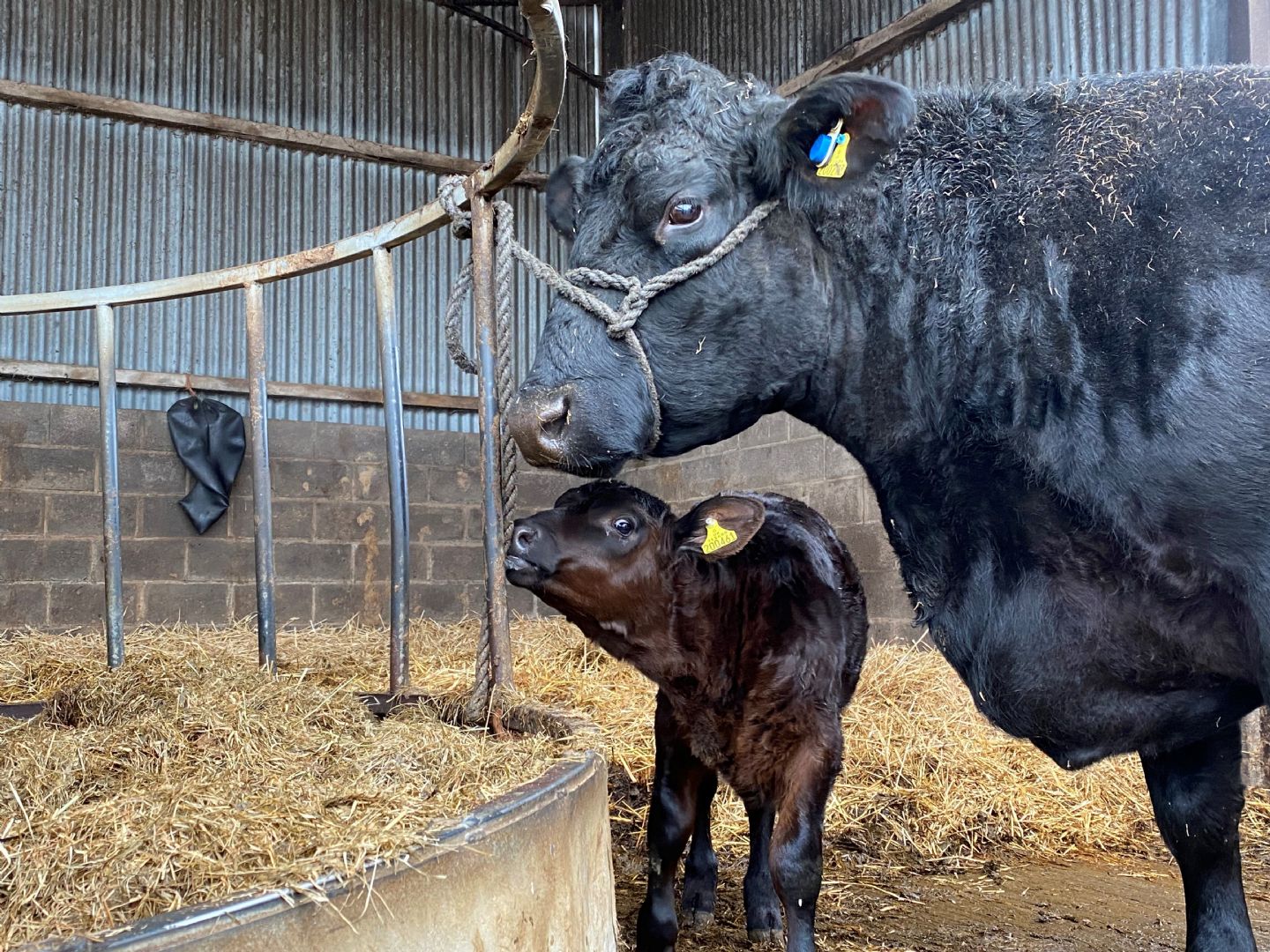
Paul Westaway farms in partnership with his wife, Kirsty, in Dymock in Gloucestershire. He shares how improving efficiencies is an integral part of their plan for a sustainable beef farming and breeding business, plus making best use of the most valuable resource on farm – dung.
As UK agriculture navigates its biggest change since World War Two, Paul takes the approach that now is the time to think about, plan and make intentional changes to secure the future sustainability of farm businesses.
He says that farmers need to find ways to balance the sometimes seemingly conflicting requirements put on UK agriculture:
“We need to meet all the targets the industry has set, produce enough good food for our customers to eat and also make sure our businesses are profitable.”
On their 195-acre Gloucestershire County Council tenant farm, Paul and Kirsty have opted to put two thirds of the land into a Countryside Stewardship scheme, while the remaining third is farmed conventionally.
Because it is a relatively dry farm, they have always used legumes and they will be trialling herbal leys for the first time this spring, aiming for a more sustainable approach to soil management.
As a business with a focus on bull breeding, genetics has always been a key consideration at Melview Farming.
Genetics and sustainability
Paul explains that they focus on achieving easy calving, which heavily influences their genetics choices. Put simply, “There’s nothing worse for growth than a dead calf.”
The Westaways are using an Embryo Transfer (ET) programme, to multiply the genetics from their best females while combining with the top genetics from around the world.
Measurement of growth
To Paul, the most achievable way to improve beef sustainability is to improve efficiency. This means ensuring every heifer calves at two years old and continuously measuring performance.
The animals have Electronic Identification (EID) tags to enable collection of data to understand the growth and health of each animal in the herd. Every animal is weighed monthly to enable tracking of liveweight and growth rates in youngstock, while the older cows have monitoring tags in to track eating, rumination and overall health. An ill cow is usually inefficient and it therefore will have a higher level of emissions compared to a fast finishing or highly fertile animal. Paul says:
“We use all the technology we can to make them more efficient. We also maximise beef from grass.”
Dung as an asset
Paul admits that he used to consider manure to be ‘a pain’, but it is now their greatest asset.
He explains that the dung heap is moved improving the rate of composting. Fields are then soil tested to work out exactly what each part of the farm needs, and they apply at a rate in line with the soil test results. He says:
“Dung is now the most prized asset on the farm – we look after it and we don’t need fertiliser anymore as long as we manage it properly.”
To hear more from Paul, watch the below video. If you’re considering what would work best to ensure a fully sustainable business for your farm now and in the future, the upcoming Farm of the Future event at Harper Adams University on 13th April will be an excellent place to hear the latest ideas and see the upcoming agricultural innovations.




